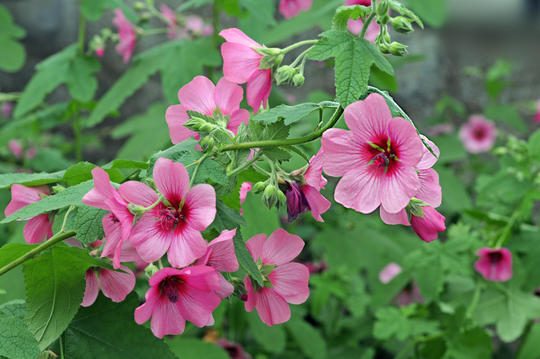
This is from the catalog of Andre Brian a nursery in France as once again this particular variety is not very common in the trade here.
Another Choice Plant From Jimi Blake’s NPA Seattle Study Weekend Presentation
‘El Rayo’, in english is, ‘Lightning’! One should expect something pretty spectacular, flashy even, with this plant…or not. ‘El Rayo’ in Portland is a taqueria!…in Portland, ME that is. I would hope that the name of either doesn’t over sell their product! Does anybody know? About the tacos I mean? Gardeners should always be wary of cultivar names. While they serve as identifiers of a particular, and allegedly unique form or clone, and sometimes as a helpful and memorable descriptor, they can too often tread across the line into misleading hyperbole! Names are often assigned to a plant that have been in the trade for some time under other names. These ‘new’ and unique names are then ‘trademarked’, legally protected, as the nursery heavily markets the plant. The gardening public then comes to recognize and associate this protected name with the plant and begin to ask for it by that name. Unlicensed growers cannot supply the plant by that name and so some nursery producers carve out a larger share of the market. After experience we may come to recognize these marketing ploys…or not. Oft times a little celebration or indulgence is called for. Continue reading


